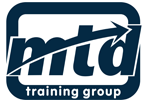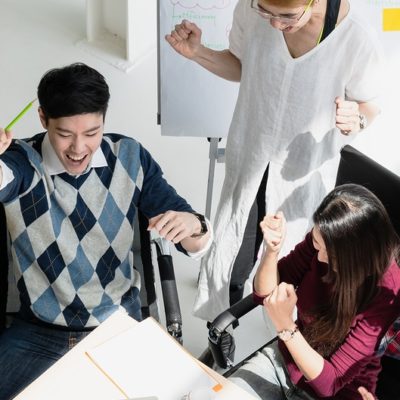The ability of people to assess a situation, create options for how to deal with it, converge on the correct application dependent on the circumstances and then present the right answer that will achieve the specific goals and objectives, is often seen as the signs of great leadership or management.
Recognising that people need to develop these skills through action learning and application exercises has long been known as the best way to incorporate skill-enhancement in everyday work environments. The big questions have recently centred on what style of training, coaching and learning can assist people learn in the best way.
There is a learning component known as metacognition that, when understood an effectively applied, can help us achieve the right style of learning according to the individual needs of the learner.
The concept of metacognition, originally attributed to John Lavell in the 70’s and 80’s, can aid us in determining the different types of knowledge that people have and how they can be applied in various learning situations we encounter daily.
You can consider two elements of metacognition: knowledge and regulation, and each of these can be broken down into various components.
Here, we briefly show how to understand the concepts and how they can apply to us in a learning and development role.
The first type of knowledge can be summed up as ‘Declarative’ knowledge. This is the knowledge a person declares about how they sum themselves up, through self-analysis, cognitive assessments and marking of quizzes about themselves.
Next is ‘Procedural’ knowledge, where people assess the tasks they need to carry out and align the content with how self-confident they are with it.
Also, there’s ‘Strategic’ or ‘Conditional’ knowledge, where an individual looks at issues or situations they are working with and then adapts strategies to resolve them, based on conditional background.
Metacognitive recognition relates to how we utilise certain skills and what we need to do to control our learning and application of such. This could involve a project review, or an appraisal based on learning applied over the past few months.
Strengths and weaknesses may be assimilated and reviewed at this point and it always helps when the recognition comes from the person themselves, rather than a manager who is trying to convince a person to their (the manager’s) point of view.
This can be transferred to Metacognitive Memory, which determines how deeply embedded a learning experience becomes for a person. We’re all aware that people recall more from fun experiences or from situations where they felt most comfortable. This proves that Metamemory can be enhanced by creating a proper, comfortable, safe learning experience for people.
One final point is the level of motivation that a person has to learn, and its application on retention. Without that motivation, or reason for action, a person may struggle with overall self-reflection on learning initiatives. The overall experience may then be lost as the person doesn’t see the reason for the learning to be embedded in their working environment.
What does this mean for us in the world of
Learning and Development?
We can see that Metacognition (literally, ‘beyond learning’) is vital for us to understand how people firstly take in information, how it’s assimilated and then applied in the real world.
Learners have to understand their own strengths and weaknesses and how they can be assessed and learned from
Learners have to appreciate ‘why’ the learning is taking place. Without that knowledge, we have little incentive to take on board what’s being coached or facilitated
Reflection time needs to be embedded into the assessment of the learning after the initiatives have been run. This involves checking the learning and its application after the learnings have been applied for a while.
A clear plan has to be devised and developed to work on the gap between where we are now and where we could be in the future
The learning has to be seen as transferable to the workplace. Theories have to be considered in real-world environments and their application clearly visualised
Wholly-owned strategies need to be assessed and developed by learners so they can see their purpose and relevance for work in specific situations
Metacognition is still a worthwhile area in which to improve our knowledge with L&D, as it helps us analyse whether the learnings we are providing are aimed at the right level and helps us determine the best way to measure the outcomes of our learning interventions. By exploring the concept in detail, we will adapt our training to be worthwhile and beneficial for all our learners, no matter what their position and prospects.

Sean McPheat | 
CEO The MTD Training Group










